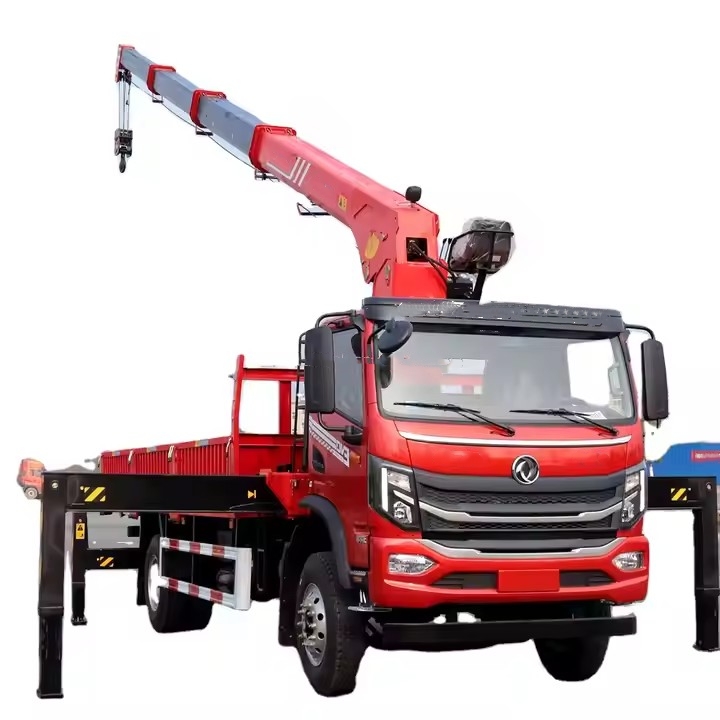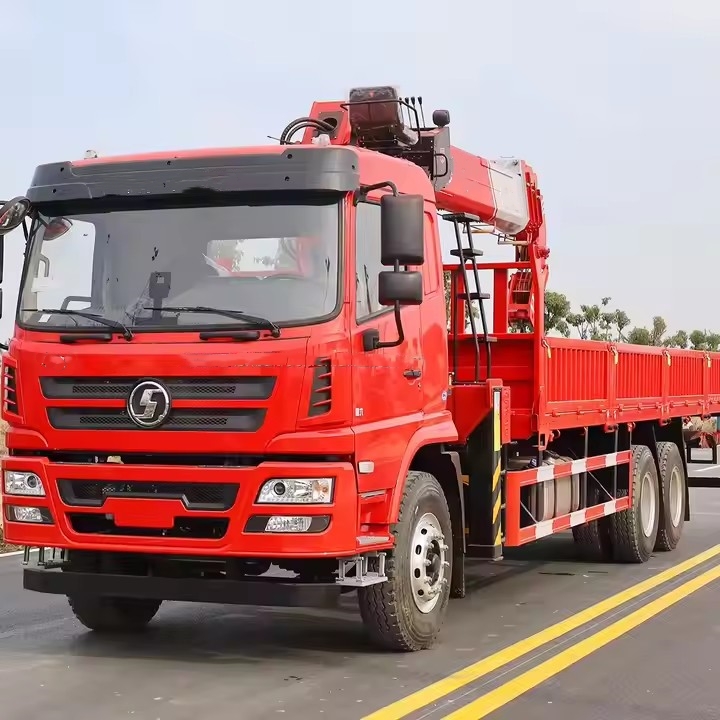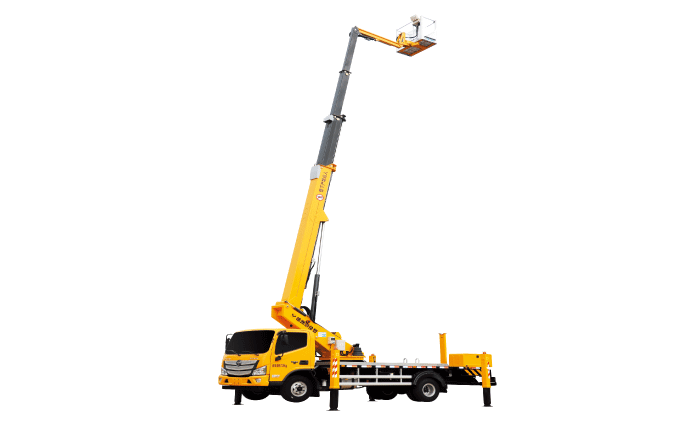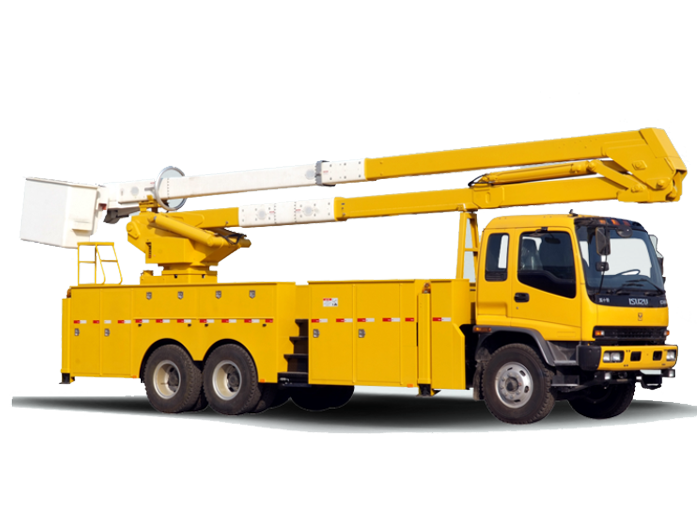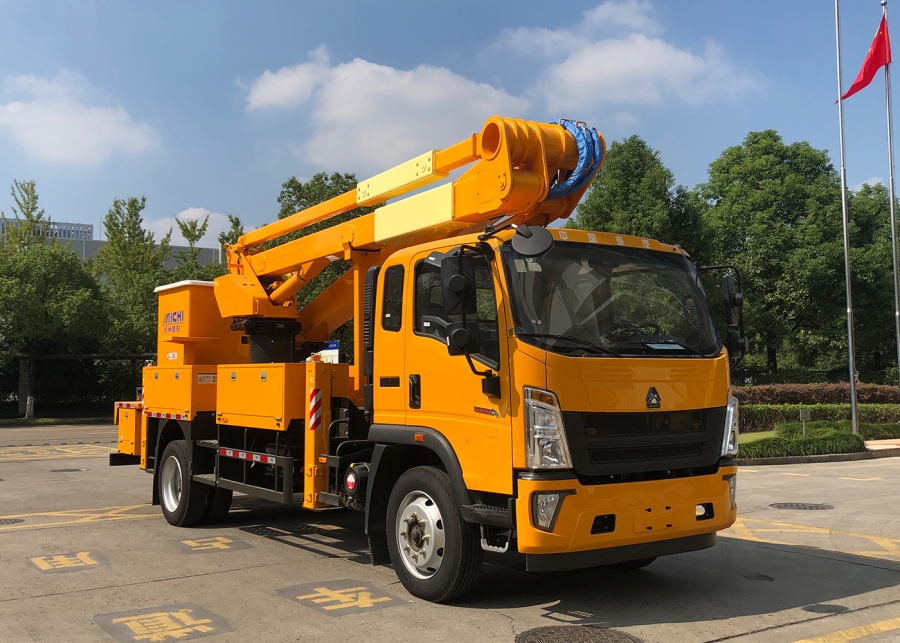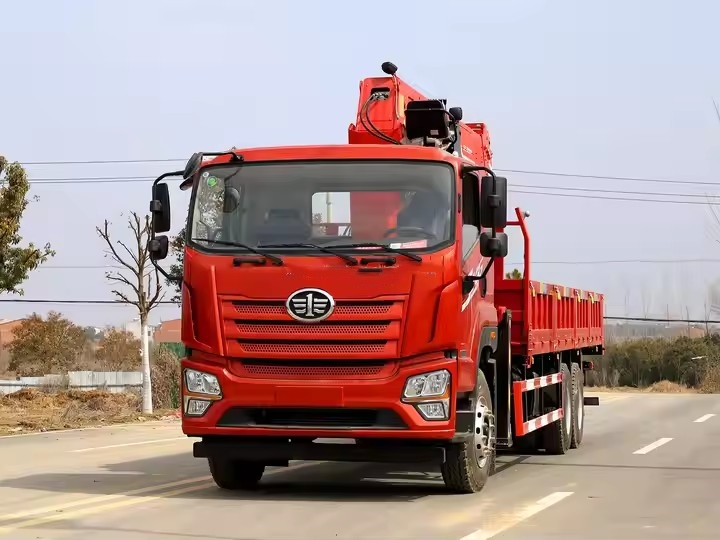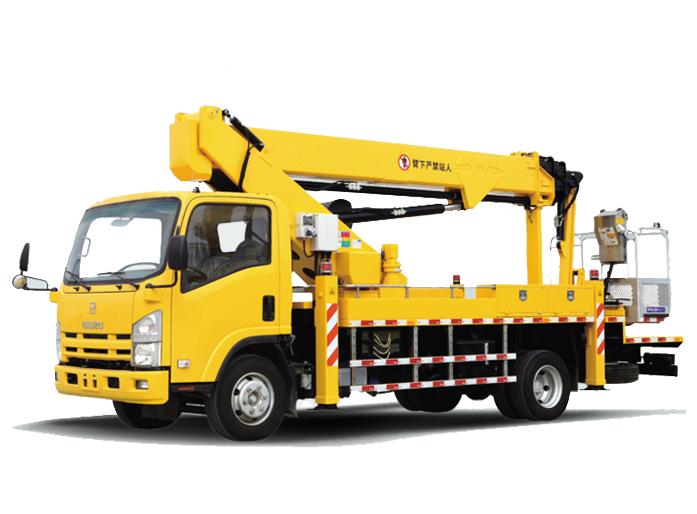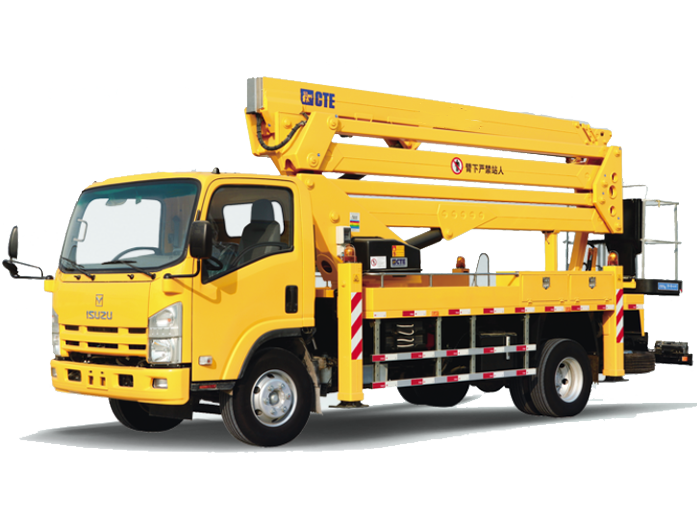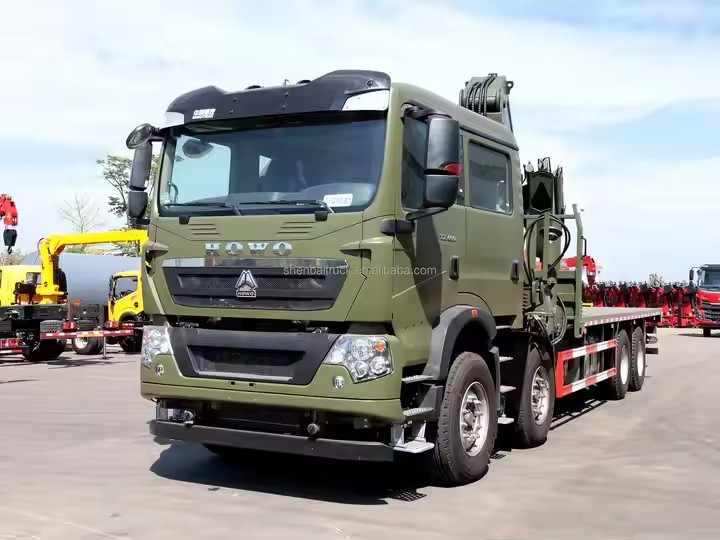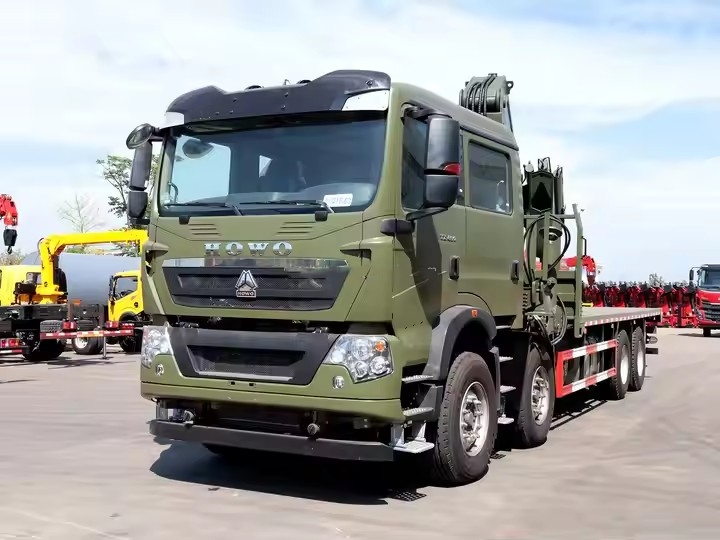1. Proper Positioning During Lifting Operations During lifting operations, standing directly beneath the boom, the suspended load, or within the lifting path can be extremely dangerous. The triangular area formed by the guide pulley and steel cable, the surrounding area of the fast rope, or the force direction of a diagonally pulled hook are all […]
I. Safety Operation Regulations 1. Operator Qualifications Before operating the plate rolling machine, the operator must undergo proper training to fully understand the machine’s structure, performance, and operating procedures. Only qualified personnel should be allowed to use the equipment to prevent accidents and ensure safety. 2. Pre-Operational Inspection Before starting the machine, the following checks […]
1. Broken Working Steel Wire Rope When one end of the gondola’s working steel wire rope breaks, the suspended platform will tilt. Once it reaches a certain inclination, the safety lock will automatically engage, securing the platform to the safety wire rope. In such a situation, construction personnel inside the gondola should remain calm. It […]
1. Initial Maintenance for New Machines After the first 250 hours of operation, perform the following maintenance tasks: Replace the fuel filter and additional fuel filter. Inspect the valve clearance of the engine. 2. Daily Maintenance Perform these checks and maintenance activities on a daily basis: Inspect, clean, or replace the air filter. Clean the […]
To ensure the safe operation of suspended platforms (commonly referred to as gondolas), it is essential to establish a routine maintenance and inspection system. This system should involve both operators and dedicated personnel to regularly check and maintain the equipment. The goal is to ensure the platform remains in optimal condition and prevents accidents during […]
The recovery and dismantling of a scraper conveyor require a systematic approach to ensure safety and efficiency. This guide outlines the sequential steps, dismantling techniques, loading procedures, and essential safety precautions to minimize risks during the operation. 1. Sequence of Recovery Operations The recovery of a scraper conveyor follows a structured order to ensure smooth […]
Group hoist electric hoists are widely used in construction, manufacturing, and maintenance for lifting and transporting heavy loads. While these tools greatly enhance efficiency, improper use can lead to equipment damage, accidents, or injuries. This guide outlines the critical safety measures and maintenance practices required for the frequent use of group hoist electric hoists. 1. […]
Concrete pumps are essential equipment in modern construction, designed to efficiently transport concrete from the mixing site to the construction site. With advancements in technology, choosing the right concrete pump has become a critical decision for contractors and project managers. This guide will explore how to select the right concrete pump by examining its technical […]
Introduction Manual rack jacks, commonly used for lifting heavy objects, are versatile tools that can be employed across a variety of industries. However, improper use can lead to equipment damage or accidents. This document outlines the precautions and best practices for safely operating manual rack jacks, elaborating on key considerations and providing detailed guidelines to […]
Introduction Lifting operations in bridge engineering involve significant risks due to the complexity of the tasks and the heavy loads involved. Ensuring the safety of personnel and equipment is paramount. This document outlines essential safety measures to minimize accidents and enhance operational efficiency. Each point is elaborated with detailed explanations and recommendations. Safety Measures for […]

